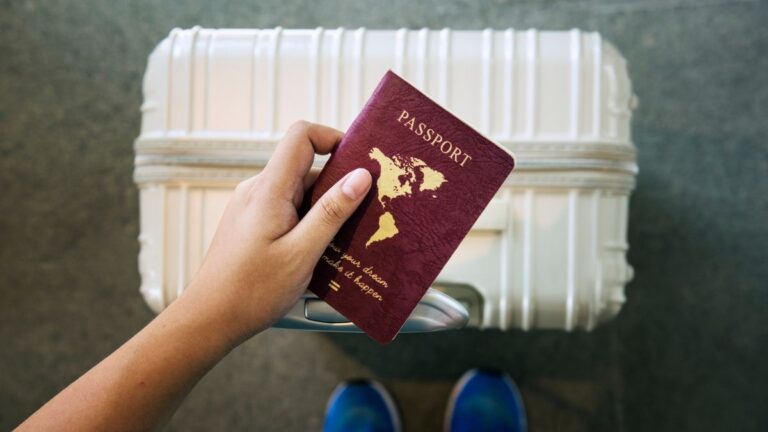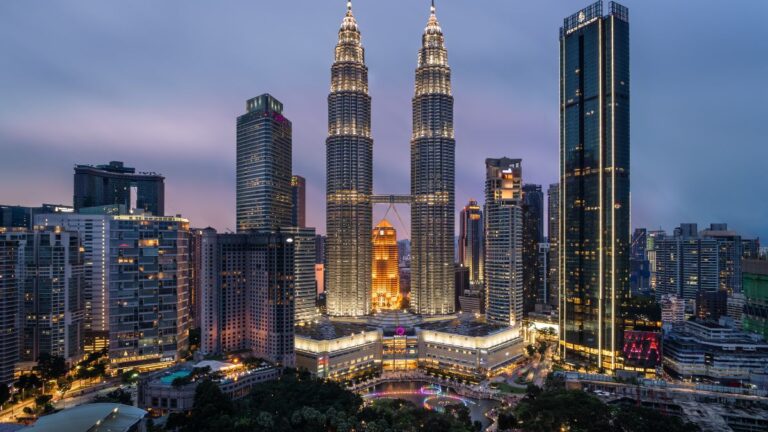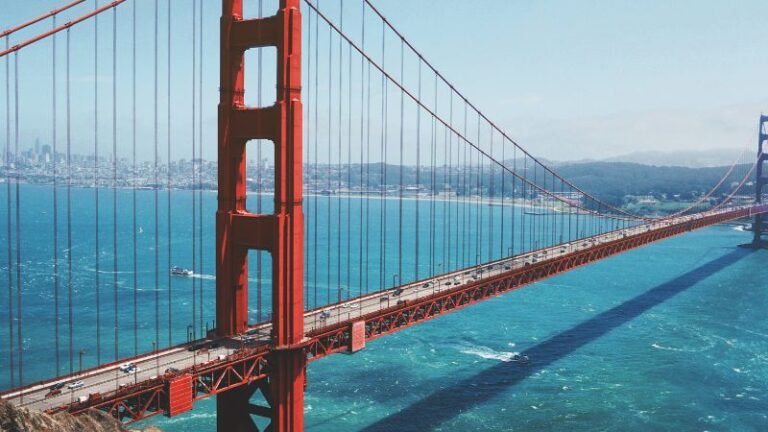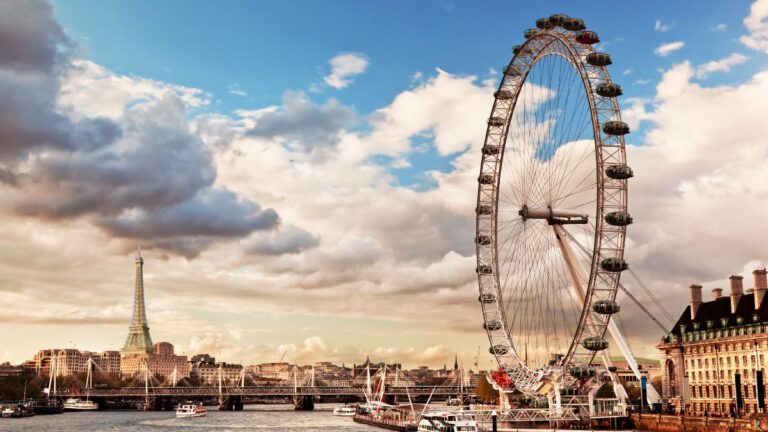Copenhagen Travel Guide: Biking Through the World’s Most Livable City with Design and Gastronomy
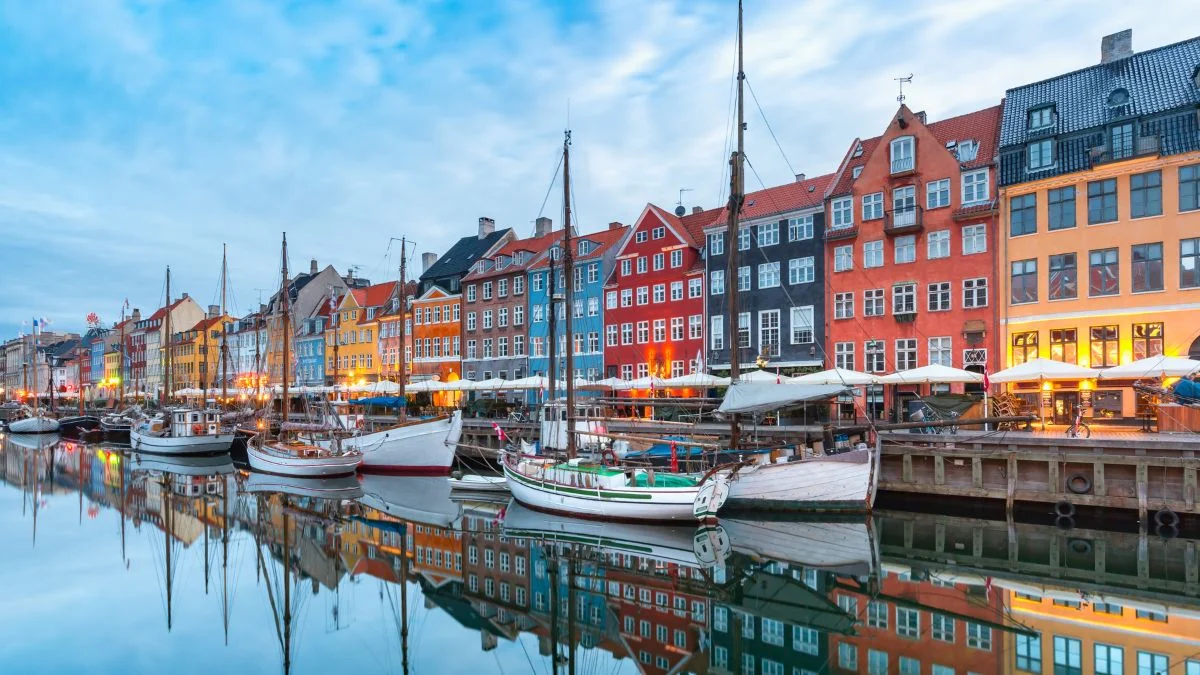
As participants in Amazon Associates and other programs, we earn from qualifying purchases. This comes at no additional cost to you. For more details, see our Affiliate Disclosure.
Copenhagen invites you to explore its streets and alleys on two wheels, blending an active lifestyle with a world-class design and culinary scene. As the world’s most livable city, it’s uniquely friendly to both cyclists and food lovers. Pedal through neighborhoods lined with innovative architecture and stop at cafes that showcase why Danish gastronomy is celebrated around the globe. Experience the city’s commitment to sustainability and quality of life firsthand, making every turn and tasting every bite a delight.
Introduction to Biking in Copenhagen
Copenhagen is often cited as one of the most bike-friendly cities in the world. The city is designed for cyclists, featuring over 390 kilometers of designated bike lanes. This commitment to biking is part of what makes Copenhagen the epitome of a sustainable and accessible urban center. Here, biking is not just a mode of transportation; it’s a way of life that both locals and visitors readily embrace.
Touring the city on a bike allows you to experience the local atmosphere intimately. You can easily stop at a bustling market, a quiet park, or a notable historic site. Biking in Copenhagen is efficient, enjoyable, and a way to blend in with the locals, making it an essential part of the city’s charm.
Must-Visit Architectural Landmarks
Copenhagen’s architecture is a fascinating mix of historic buildings and modern design. The city’s skyline is punctuated with landmarks that tell the story of Danish architecture through the ages.
- The Little Mermaid Statue: Iconic and deeply rooted in Danish culture, this statue is inspired by Hans Christian Andersen’s fairy tale.
- Amalienborg Palace: The home of the Danish royal family, it’s famous for its Rococo architecture and the changing of the guard.
- Christiansborg Palace: Houses the Danish Parliament and the Supreme Court, showcasing a blend of different architectural styles over its long history.
- The Black Diamond: A modern addition to the city, this striking library building reflects the water of the harbor and stands out for its contemporary design.
Each of these landmarks offers a different perspective on Danish history and culture, making them must-visits for anyone interested in architecture.
Exploring Danish Cuisine: Local Dishes to Try
Danish cuisine, part of the New Nordic culinary movement, focuses on simplicity, purity, and freshness. Copenhagen is the best place to dive into these flavors, with dishes that highlight seasonal ingredients and innovation. Classics like smørrebrød (open-faced sandwiches) and frikadeller (meatballs) are staples here.
Another dish you can’t miss is flæskesteg, a crispy pork roast that is a Danish favorite during the holidays. The local food scene also includes modern interpretations of traditional dishes, making dining in Copenhagen a continuous discovery of old and new tastes.
Top Cafes and Restaurants for Food Enthusiasts
Copenhagen is a haven for food lovers, boasting everything from cozy cafes to Michelin-starred restaurants. The city’s culinary scene is vibrant and innovative, offering a wide range of dining experiences.
- Noma: Frequently ranked as one of the best restaurants in the world, it’s known for its reinterpretation of Nordic cuisine.
- Geranium: Another Michelin-starred restaurant that focuses on a dynamic, sensory experience matching food with its natural environment.
- Café Europa: A popular spot for a casual meal, known for its excellent coffee and people-watching opportunities.
- Torvehallerne: A food market that offers everything from local delicacies to international dishes, perfect for a quick bite or a leisurely meal.
Exploring these dining spots gives you a taste of the city’s gastronomic diversity and creativity.
Guide to Copenhagen’s Bike Rental Services
Renting a bike in Copenhagen is straightforward and convenient. Numerous rental shops throughout the city offer a range of options, from hour-long hires to long-term leases. Services like Bycyklen, the city’s bike-share program, provide electric bikes with GPS, making it easy for visitors to navigate the city.
Many hotels and hostels also offer bikes for their guests, often included in the room price. This makes it extremely convenient to start exploring as soon as you arrive. Whether you prefer a guided tour or exploring on your own, there’s a bike rental option to suit your needs.
Scenic Bike Routes and Their Highlights
Copenhagen’s scenic bike routes are the perfect way to explore the city’s diverse landscapes. From urban architectural marvels to serene natural settings, these routes offer something for every type of cyclist.
- The Lakes: Cycle around Copenhagen’s picturesque lakes, a favorite spot for both locals and visitors.
- The Harbor Ring: This route takes you around the harbor, showcasing the city’s waterfront and maritime heritage.
- Amager Beach Park: Ideal for those who want a mix of city views and beachside relaxation.
Cycling these routes gives you a unique perspective of Copenhagen, combining exercise with unforgettable views.
Shopping for Danish Design: Best Spots
Danish design is renowned worldwide for its aesthetics and functionality. Copenhagen is the heart of this design culture, with stores ranging from high-end boutiques to local craft markets. Illums Bolighus and Hay House are must-visits for anyone interested in Scandinavian design.
You can also explore the Designmuseum Danmark for inspiration before purchasing your own piece of Danish style. The museum not only displays iconic works but also sells them. This blend of functionality and minimalism is what makes Danish design so appealing.
Cultural Insights: Museums and Galleries
Copenhagen’s museums and galleries offer a deep dive into the rich tapestry of Danish and international culture. The National Museum of Denmark presents extensive collections from the Stone Age to modern times, while the Louisiana Museum of Modern Art combines art with stunning views of the sea.
Art lovers will also appreciate the smaller galleries scattered throughout the city, which showcase contemporary Danish artists. These cultural institutions provide insight into the past and present of Danish art, making them essential stops during your visit.
Seasonal Festivals and Events to Enjoy
Copenhagen’s calendar is packed with festivals and events, reflecting the city’s lively cultural scene. From music and film festivals to food and design events, there’s always something happening.
- Copenhagen Jazz Festival: Takes place every July and is one of the largest music events in Europe.
- Copenhagen Cooking & Food Festival: Celebrates the New Nordic Cuisine Movement and Danish gastronomy each August.
- Design Week: Held in September, featuring exhibitions, workshops, and talks focusing on Danish and international design.
These events are great opportunities to experience the local culture and interact with the city in a dynamic way.
Practical Tips for Navigating Copenhagen by Bike
Biking in Copenhagen is one of the best ways to see the city, but there are a few things to keep in mind to make your trip smoother.
- Bike Lanes: Always stay in the designated bike lanes and follow the traffic rules applicable to cyclists.
- Locks: Always lock your bike securely when unattended. Bike theft is common, so it’s better to be safe.
- Lights and Reflectors: Make sure your bike has lights and reflectors if you’re riding after dark.
By following these tips, you can enjoy a safe and enjoyable cycling experience in Copenhagen. Whether you’re commuting or just exploring, biking is the way to go.


